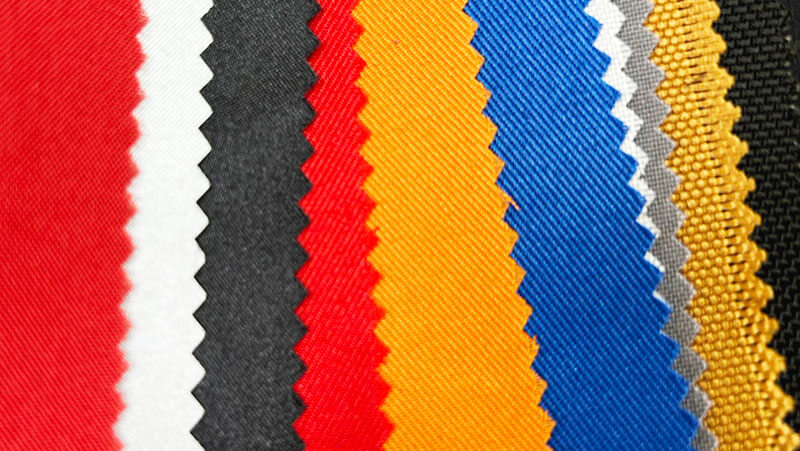Common Support Material Comparison: Silicone, Neoprene, or Elastic Fabric — Which Is Better?

When choosing a support brace, aside from style and function, the material is the key factor that affects comfort and stability.
The most common materials used in braces and supports are Silicone, Neoprene, and Elastic Fabric.
So, what are the differences between these three materials? And how do you choose the one that best fits your needs?
Let’s take a closer look.
1. Silicone — Stable, Non-Slip, and Softly Conforming
Silicone is widely used in foot supports and pressure-relief pads, such as forefoot pads, heel cushions, and bunion correctors.
Features:
- Soft and elastic: Distributes pressure, absorbs shock, and reduces discomfort caused by friction.
- Stable and non-slip: Stays in place and fits closely to the skin, suitable for long-term wear.
- Easy to clean and durable: Water-resistant and maintains its shape over time.
Best for:
People who stand or walk for long hours or need extra cushioning—such as service workers, athletes, and seniors.
2. Neoprene — Strong Support and Excellent Warmth
Neoprene is a common material used in sports supports such as knee braces, back supports, and wrist wraps.
Features:
- Strong support: Highly elastic with excellent compression and coverage, helping to reduce joint strain.
- Excellent warmth: Promotes blood circulation and helps relax muscles and joints.
- Stable performance: Ideal for use during workouts or rehabilitation.
Tip:
Neoprene is less breathable, so it may feel warm during long wear. For better comfort, choose perforated or breathable composite designs.
3. Elastic Fabric — Lightweight, Breathable, and Flexible
Elastic fabric is often used for light-support or daily-use braces, such as elastic wrist supports, elbow supports, and ankle sleeves.
Features:
- Breathable and lightweight: Comfortable for long-term wear without overheating.
- Flexible movement: Provides mild support without restricting joint motion.
- Versatile design: Often blended with nylon, spandex, or cotton for added comfort and stretch.
Best for:
Everyday wear, light exercise, or users who prefer basic support without feeling bulky.
Choose the Right Material for Your Needs
- For strong support and warmth → Choose Neoprene supports
- For light daily wear and flexibility → Choose Elastic fabric supports
- For pressure relief and comfort → Choose Silicone supports
Each body part and usage scenario may require different materials.
Choosing the right material ensures your support brace offers both comfort and protection, maximizing its effectiveness.


